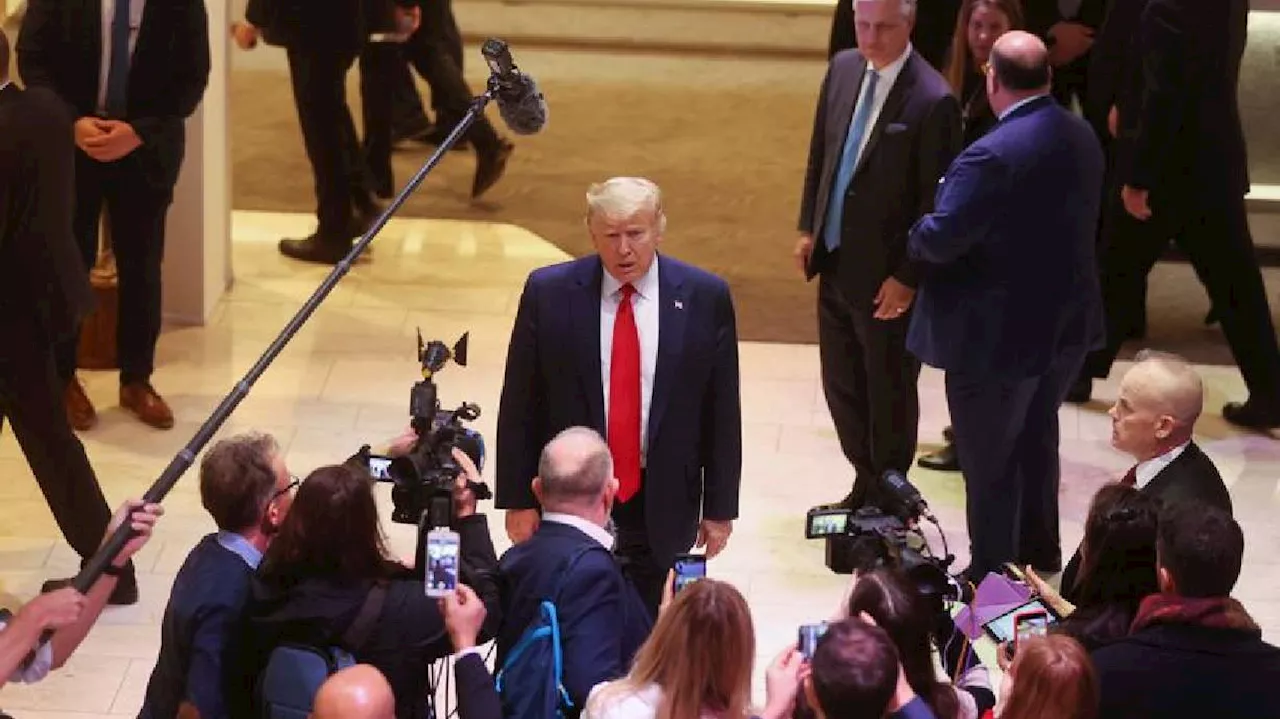The United States and Switzerland have reached a landmark trade agreement, significantly reducing U.S. tariffs on Swiss imports from 39% to 15%. This agreement, announced on October 20, 2023, also includes a commitment from Swiss companies to invest $200 billion in the U.S. economy by the end of 2028. The deal is expected to enhance trade relations and stimulate economic growth in both nations.
The framework agreement, which also involves Liechtenstein, aims to finalize negotiations by the first quarter of 2026. U.S. Trade Representative Jamieson Greer stated that this agreement dismantles longstanding trade barriers and opens new markets for American goods. He emphasized the positive impact of Swiss investment on reducing the U.S. trade deficit, particularly in pharmaceuticals and other key sectors, which could generate thousands of jobs.
The projected investments are substantial, with at least $67 billion expected to materialize by 2026. This figure includes previous commitments from major pharmaceutical companies such as Roche, which has pledged $50 billion, and Novartis, committing $23 billion. Additionally, investments will come from engineering firm ABB and railway equipment maker Stadler.
Implications for Trade and Investment
Switzerland’s largest export to the U.S. is pharmaceuticals, and the new agreement will not only lower tariffs but also guarantee a ceiling of 15% for Swiss pharmaceutical producers. This provision is intended to mitigate the potential impact of the U.S. administration’s forthcoming Section 232 national security tariffs, which could reach as high as 100% on certain patented drugs.
According to Swiss Economy Minister Guy Parmelin, the agreement positions Switzerland on an equal footing with the European Union, as it effectively lowers tariffs on approximately 40% of Switzerland’s exports to the U.S. Parmelin noted the importance of maintaining competitive conditions for Swiss businesses and indicated that the Swiss government is actively exploring ways to reduce operational costs domestically.
The lowered tariff rate is expected to be implemented in the near term, potentially within “days or weeks,” pending adjustments to U.S. customs processing systems, as indicated by Helene Budliger Artieda, director of Switzerland’s State Secretariat for Economic Affairs.
Looking Ahead
This trade agreement marks a pivotal shift in U.S.-Swiss relations and sets the stage for a more robust economic partnership. By lowering tariffs and fostering substantial investment, both countries aim to enhance their competitive positions globally. The ongoing negotiations will be closely watched, as the outcome may influence trade dynamics beyond the immediate bilateral relationship.
In conclusion, the agreement not only promises to invigorate trade but also aims to bolster job creation and economic growth in both the United States and Switzerland. The forthcoming years will reveal the full impact of this ambitious initiative.





































































